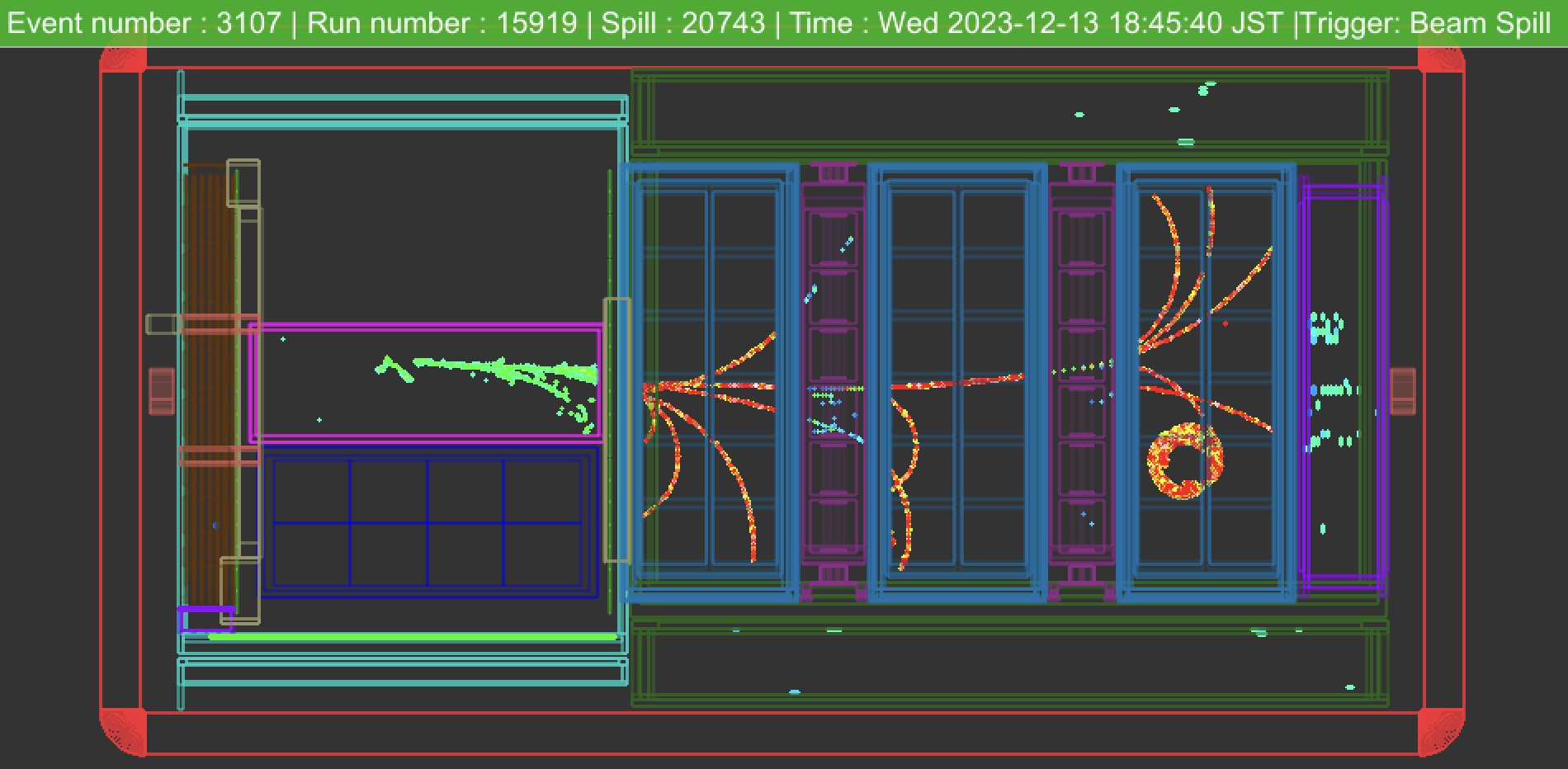John Martin
Professor and IPP Principal Research Scientist, Emeritus
| Photo Gallery |
Are you a prospective graduate student wanting to study the universe at its deepest level? The University of Toronto is a great place to do research in experimental particle physics.
I am a member of the T2K, Super-K and future Hyper-K collaborations studying the properties of neutrinos. My research activity has been gradually winding down in retirement and I am no longer taking graduate students. If your interest is in these experiments, please visit the physics department websites of the University of Victoria, TRIUMF, the University of Regina, the University of Winnipeg, York University and Carleton University and contact my colleagues working on neutrino physics there.
"Billions of neutrinos from the sun pass through you every second and you don't even notice, fortunately!... Nevertheless in our laboratories we manage to produce and study neutrinos, the most elusive and least understood of the known fundamental particles."
NEWS June 2011: One of the top 10 physics results of 2011, says Physics World of this result from the T2K experiment.
BREAKTHROUGH Oct 2015: I and 1370(!) other physicists share the $3M 2016 Breakthrough Prize in Fundamental Physics for observation and investigation of neutrino oscillations by the experimental collaborations Super-K, SNO, KamLAND, Daya Bay, K2K and T2K.
NEWS July 2016: T2K sees first hint of CP violation in neutrino physics.
NEWS 2017 Fermilab turns 50: A "memories" article I wrote about the legendary canoe race held in the early years of the laboratory when I collaborated on experiments there. (Also see the Photo Gallery above.)
NEWS February 2020: Hyper-K is officially approved and construction begins for startup in 2027.
NEWS April 2020: T2K publishes in Nature the first indication of large CP violation in neutrino oscillations, pointing to the possibility that neutrinos may be responsible for the matter-antimatter asymmetry of the universe!
NEWS January 2024: During the Covid years T2K and the J-PARC accelerator were shut down for major upgrades to the beam power, the near detector 280m from the neutrino source, and our OTR system (see the Photo Gallery link above). T2K has started taking data again, with beam power >750kW, still using Super-K as the far detector 300km away for neutrino oscillation studies. Meanwhile, the construction of Hyper-K, a much larger neutrino detector geographically close to Super-K, is well underway. It will be used as the far detector for T2K starting ~2027.
An event display of a recent neutrino interaction in the upgraded T2K near detector is shown below.


